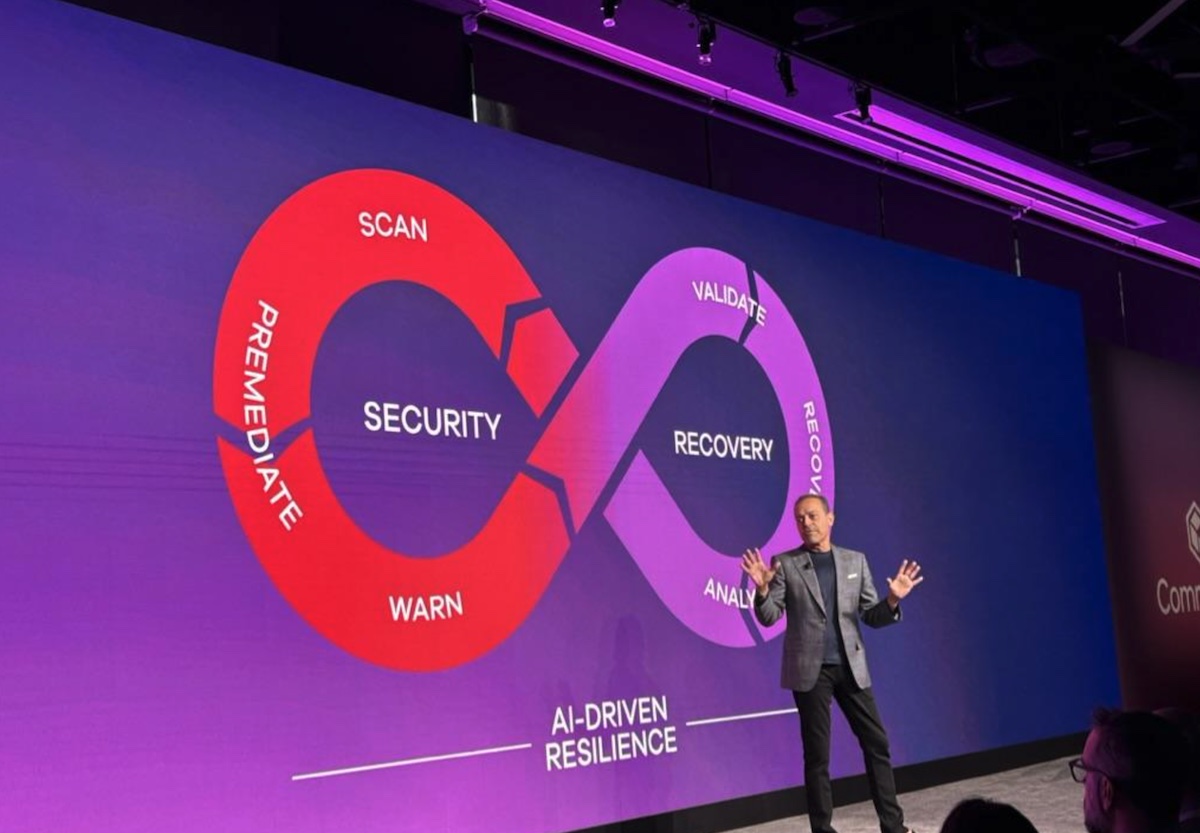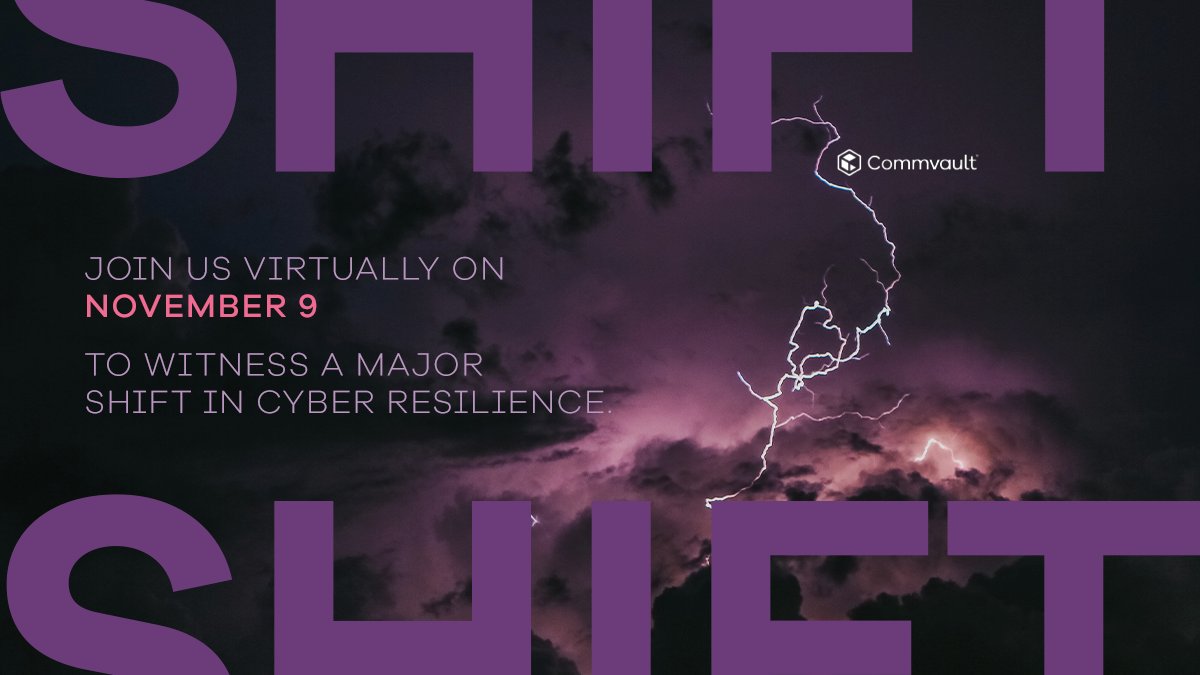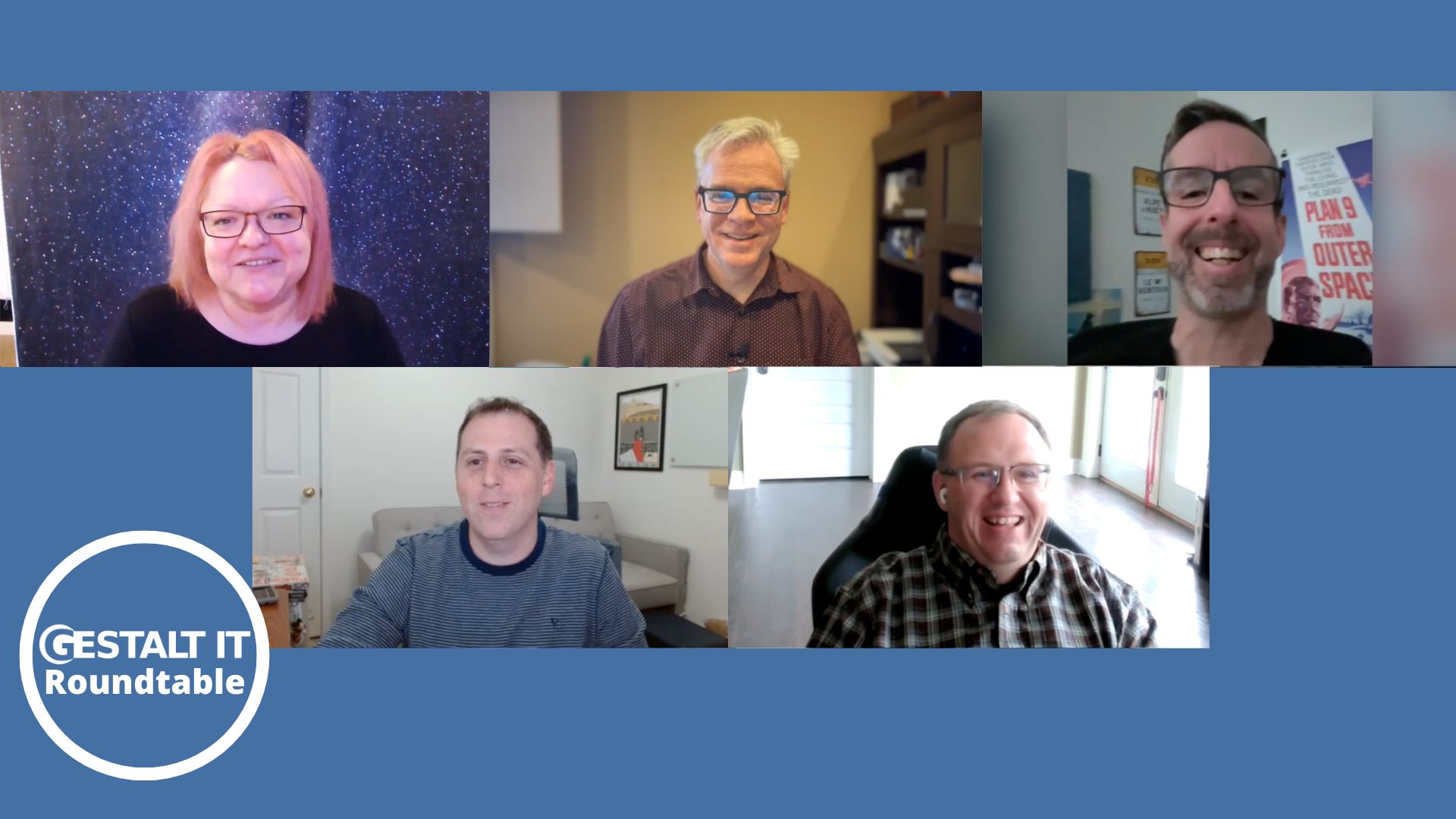Today two familiar names completed an acquisition: Mark Lewis and Bill Miller made a deal. The re-born Violin Systems has purchased the legendary ISE storage product line from X-IO, while that company’s Axellio product is now its own company. This accomplishes quite a lot for both players, though time will tell if it creates long-lasting players in the industry.
Read the press releases:
Lots of History
This is the latest step in a confusing journey that starts with an industry legend. Steve Sicola worked on basically every aspect of modern storage at Compaq (née Digital Equipment Corporation) StorageWorks throughout the 1980s and 1990s. From 2002 through 2007, Sicola lead the Advanced Storage Architecture (ASA) group at Seagate, working to create an entirely new kind of storage. We’ll get back to that in a moment.
In 1999, Seagate purchased storage array vendor Xiotech. In 2003, Xiotech was spun back out, pursuing a failed diversification into information management. After raising more money, Xiotech went back to Seagate for a killer product. They purchased the ASA group and brought in Sicola and fellow StorageWorks legend, Dr. Ellen Lary.
The result was the Intelligent Storage Element (ISE), an integrated “storage brick” that finally realized the potential of a classic storage concept. Rather than create a storage array in the traditional sense, the ISE was made to be simple, reliable storage. This concept of distributed storage elements on a storage network were part of a “cattle” concept for storage that was decades ahead of its time.
Meanwhile, Violin Memory was founded in 2005 to bring ultra-high-performance solid state storage to market. The original Violin storage solution used DRAM rather than then-nascent flash memory, but the company eventually brought high-performance flash to market as well. Violin also added advanced storage features, re-crafting the product to be more of a direct midrange and high-end storage competitor.
Xiotech was re-christened “XIO” or “X-IO” in 2011 and focused on the ISE product line. The team at X-IO began working on a next-generation storage platform focused on extreme I/O performance and density. By 2017, X-IO management decided to use this platform for other applications as well, including high-performance analytics big data applications. This was launched as Axellio.
Go Your Own Way
Violin went public in 2013 but faltered in the market, being de-listed in 2016 and filing for bankruptcy in December of that year. In 2017, Violin was re-capitalized by Quantum Partners with a new management team. The new Violin Systems, now lead by Mark Lewis, is quite different from the old Violin Memory. The company appears interested in moving beyond the high-performance storage solutions they traditionally sold and offer solutions across the enterprise datacenter.
One thing the new Violin will need is a next-generation hardware architecture differentiated from the commodity hardware used by many other storage vendors. The company will also need proven storage engineers to develop their products. No doubt Violin noticed X-IO’s work with Axellio and saw an opportunity to pick up both at once.
At the same time, X-IO likely saw the non-storage opportunity as a brighter direction for the company than continued investment in ISE and other legacy products. So a deal was struck.
Stephen’s Stance
This surprising deal is promising for both partners: Axellio gets a fresh start in a nascent market; Violin gets proven storage development talent and a pool of new storage customers. I’m now more optimistic about the prospects for both companies than I have been in years.




